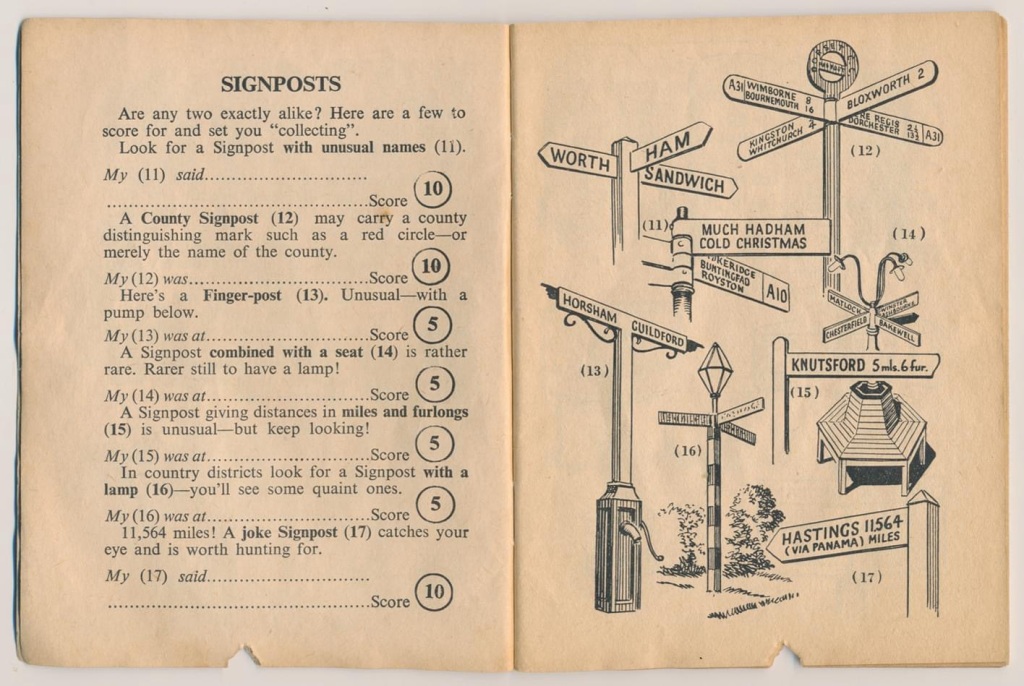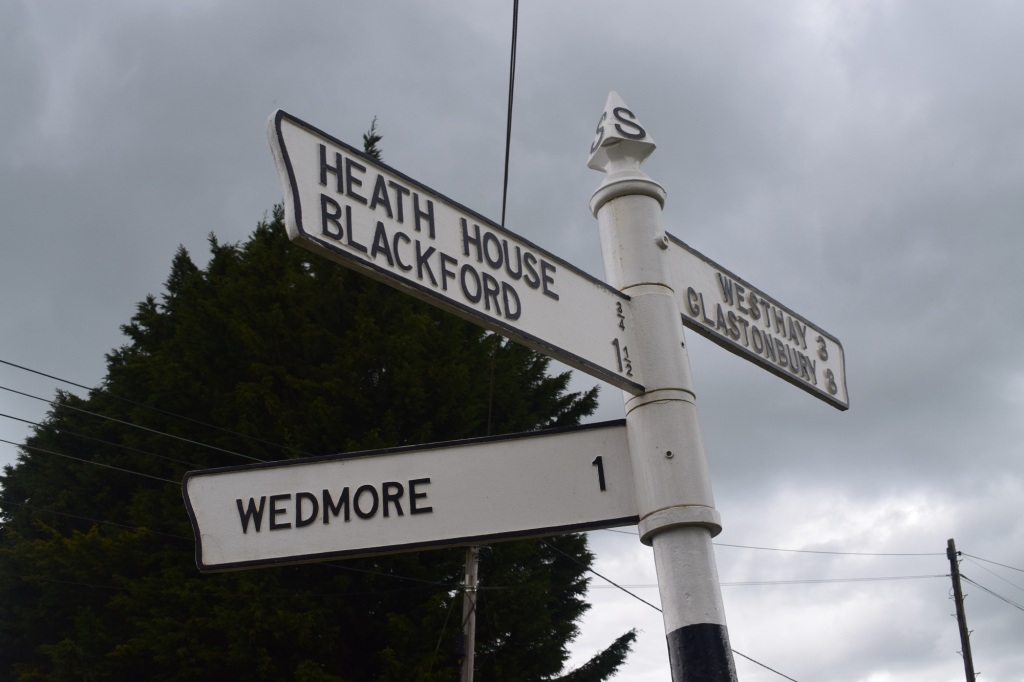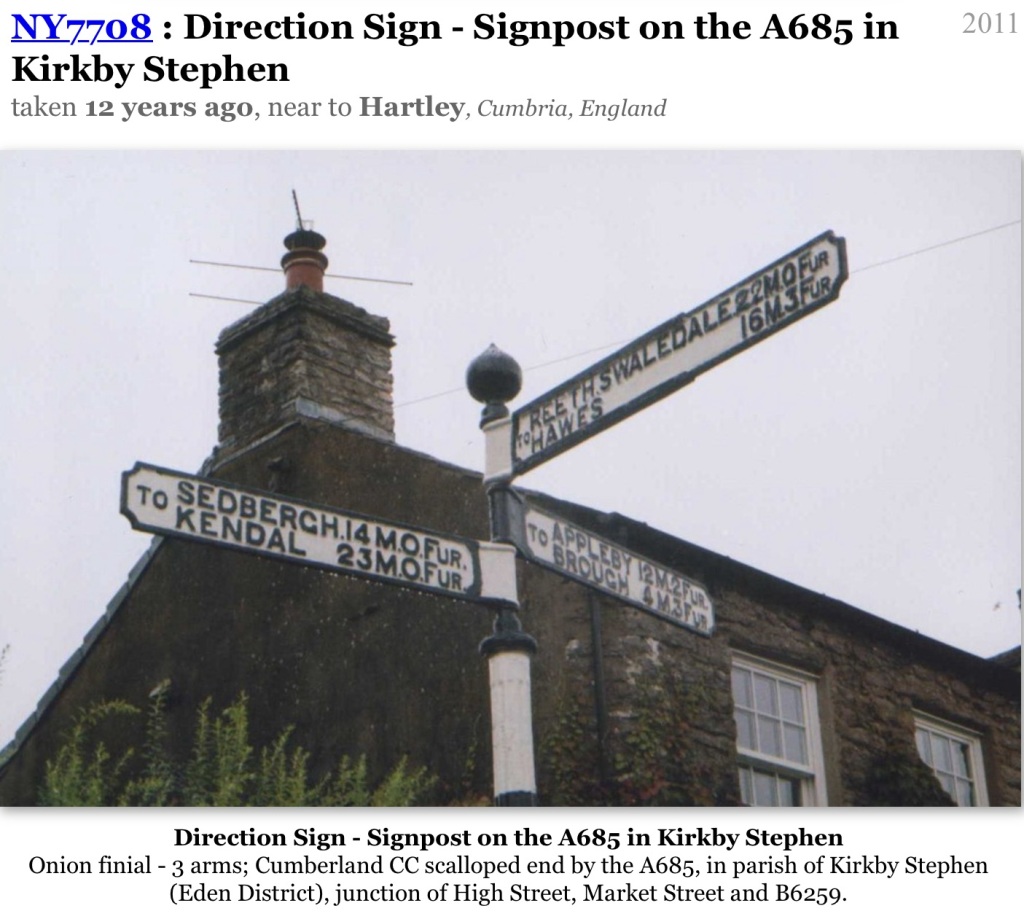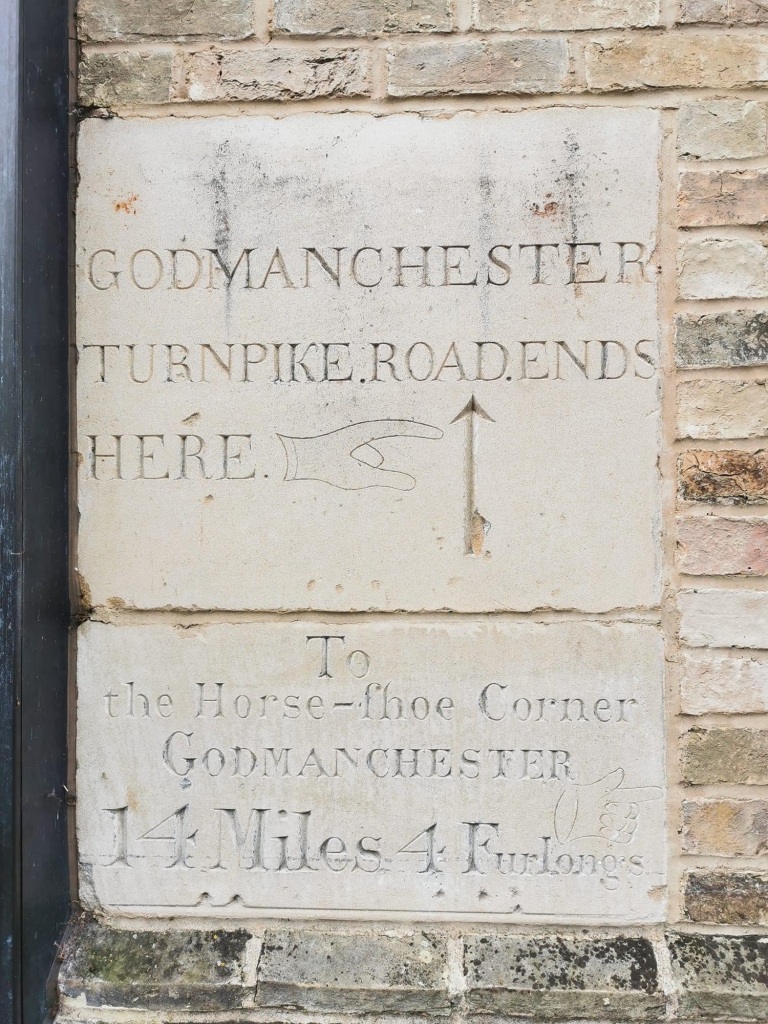Faggots, fathoms and fingerposts
January 10, 2024 Leave a comment
The Ashen Faggot is a long bundle of sticks bound by ash bark strips and burnt annually at Epiphany. The girth is limited by the fireplace whilst the length is more contentious. Pagan, or Medieval, or Christian in origin it marks rebirth and the beginning of the traditional new year.
The timing of the bands breaking are significant and therefore the overall length of the faggot [bound material] important. Folklore suggests that these lengths were determined by the heights of giants, the tallest of the community. This is a similar argument to utilising their ‘foot’ length to determine horizontal distance.

A quick survey of my congregation revealed a maximum height of 6’8”.
This is a Somerset and Devon tradition, Ashton is in the former county. Here in Dorset, our giant is celebrated on the chalk but if you return to an era where little was written down altitude was measured differently. 1056 yards divide exactly by both 6 and 8 and so either could be adopted. The nautical mile is trickier, but more accurately aligns with the earths circumferences.
So, prior to recording numbers in common, site depth was measured in fathoms [it still is!] altitude was as well, mast heights, curvature and matelot heights. The most fearsome pirates were some fathom high!
In comes the faggot, potentially a fathom long to reflect the giants of our counties. Dorset has a reduced seafaring tradition compared to say Devon but the bloody assises and Tolpuddle martyrs link the sea to our red signposts and penal transportation.

And so with Dorset faggots of potentially a fathom high, [they are constructed vertically and burnt horizontally] why has the fathom slipped out of common use. The clue here is with the quaint custom of marking direction and latterly distances. Miles were an obvious inclusion and inhabitants saw these printed for the first time. What about the sub-division? A mile was divided into 8 parts, the furlong. Occasionally these are still found on fingerposts and milestones.

Furlongs divide conveniently into 660 feet, 220 yards, 40 rods, or 10 chains. Even more conveniently, two furlongs can be easily represented as 1/4 [2/8], or 6 as 3/4. The fractions were easily represented on signposts, far easier than furlongs or indeed fathoms. The yard passed into common usage and fathom was confined to the sea. Mountains were measured in feet.

Who knows the true fable, it is locked in folklore.

It seems a shame that the fathom was superseded by the SI unit of the meter but a base of ten makes so much more sense.